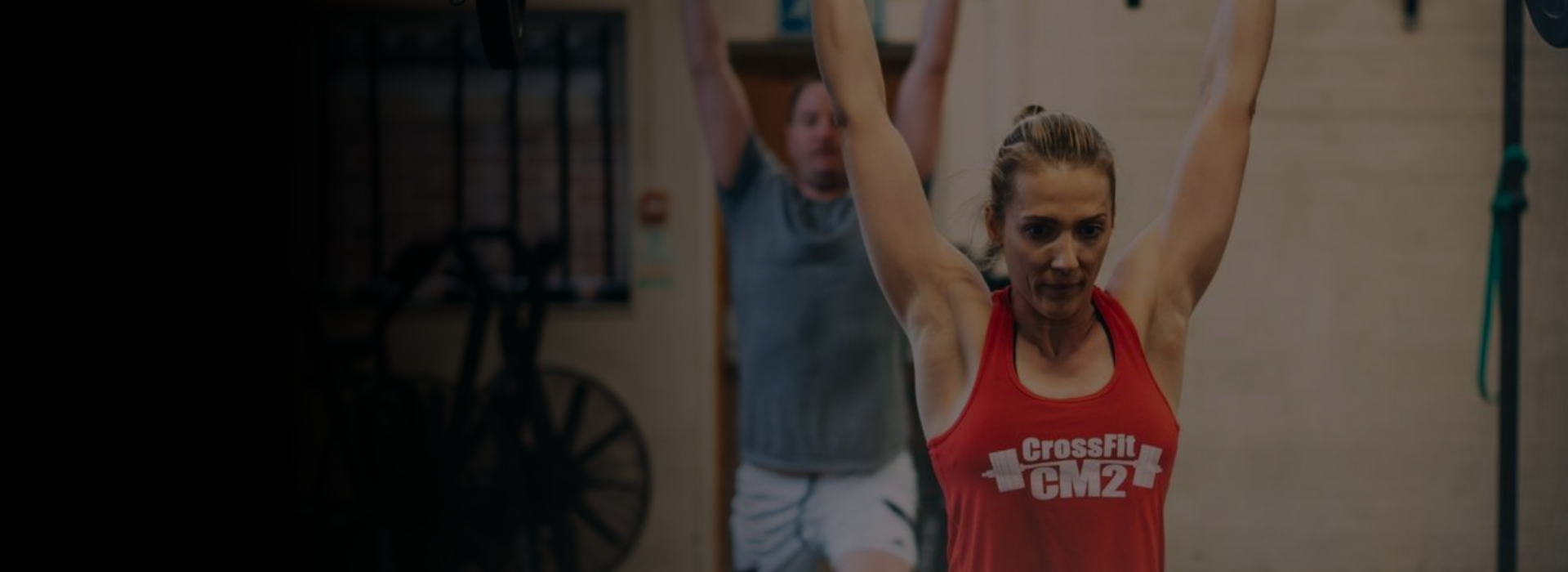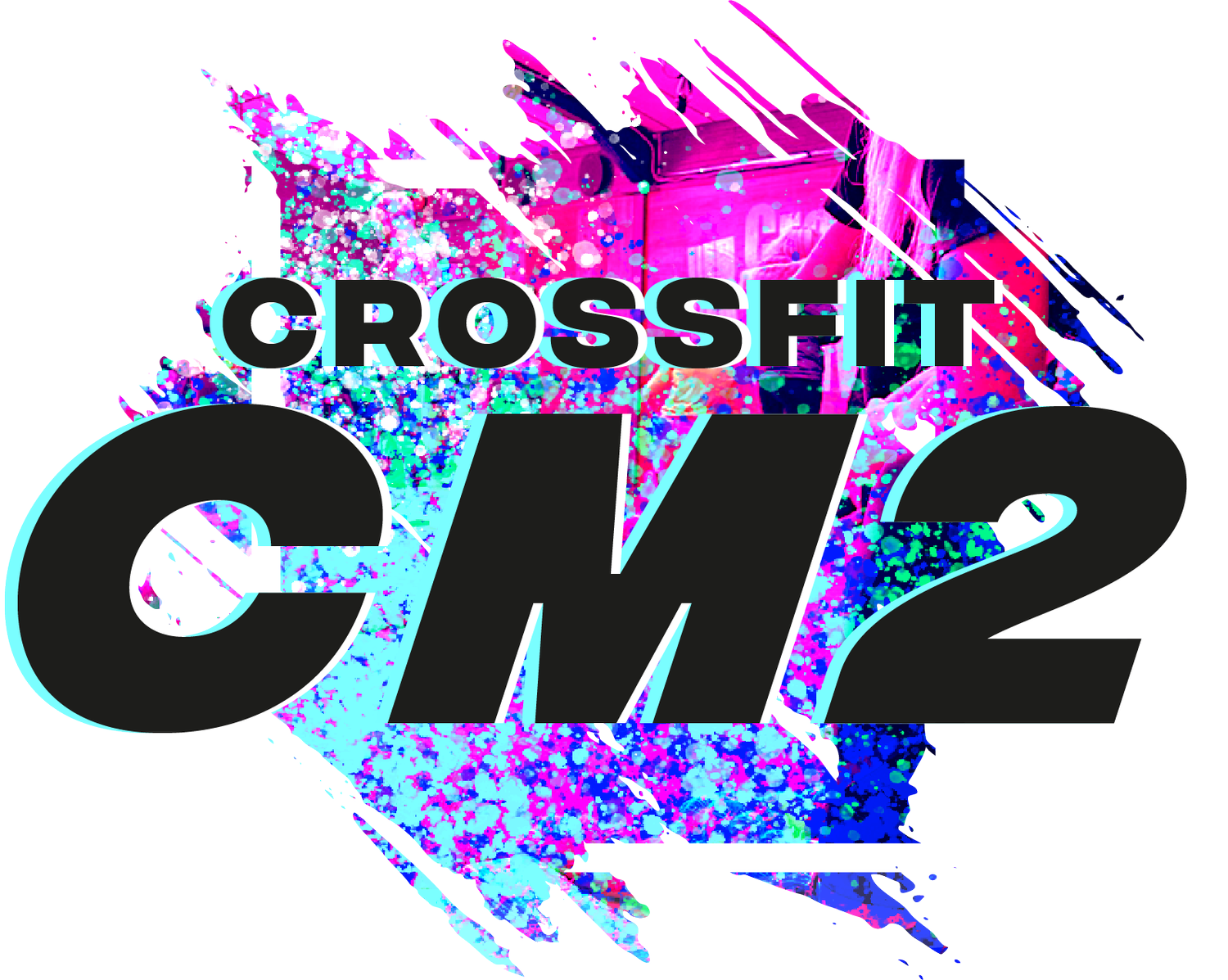
What Is CrossFit
CrossFit is an evidence based training methodology which is scalable to any ability level.
The basis of a CrossFit workout is a set of compound functional movements performed at high-intensity within a measurable set of defined parameters (time/ reps).
The workouts are constantly varied in their duration, movements & rep schemes so you’ll never get bored or stop improving.
CrossFit is also a community built upon sportsmanship and integrity who's members strive to develop capacity on the broadest array of possible workouts to prepare themselves for life and for the unknown.
CrossFit workouts includes many different types of movements including: body-weight movements, squats, dead lifts, lunges, running, rowing, skipping, jumping, kettle-bells and many more.
What is a compound functional movement?
Compound movements use multiple joints and require the coordination of several muscle groups. The squat is compound because it requires the movement of the ankles, hips and knees, and the coordination of both core and leg muscles to execute. In contrast, an isolated movement like a bicep curl requires only the elbow joint and the biceps.
Functional movements involve real world situational biomechanics, they serve a real purpose. A deadlift is functional because its bio-mechanics are the similar same as would be used to pick up a child, heavy shopping bags or a car your friend is trapped under.
Why do we use compound functional movements in training?
Because they are applicable to real life. Most real world bio-mechanics are compound such as squatting to sit down or stand up. But there is also a scientific reason for selecting compound movements: they have the greatest potential to generate power (power=force x distance/ time). You might not have seen that formula since year 10 Physics, but this is an important part of our exercise selection process. Exercises that move large-loads, long-distances, quickly are the most efficient way to build fitness in our classes.
How do we measure power?
By recording either a. the time it takes to complete a specific task or b. the amount of work (number of repetitions) performed in a specific time period. A faster time or higher number of repetitions correspond to a higher power output.
Measuring your power output allows you to monitor progress. When you repeat a specific workout you will see: How much faster was your time? How many more reps did you achieve? The fact that performance on each workout is measurable allows us to monitor and plan long-term progress.
Coaching & Community
We aim to develop a personal relationship with each individual. This allows our experienced coaches to tailor the session to each individuals needs. This maximises results and enjoyment which fuels your motivation to train. In addition to the support of our coaching team you'll be training with a community of like-minded people that brings a social and motivational atmosphere to our classes.
3 Models for Measuring Fitness
Our programming is designed to optimise fitness as defined by three models.
1. Physical Skills Model
Fitness is measured by competence in 10 general physical skills. Our programming will maximize your competence in all of these skills:
These are ORGANIC SKILLS and are improved by training
- Strength
- Cardiorespiratory Endurance
- Stamina
- Flexibility
These are NEUROLOGICAL skills and can be improved by practice)
- Agility
- Accuracy
- Balance
- Coordination
These skills are both NEUROLOGICAL & ORGANIC and can be improved by training and practice
- Power
- Speed
You will probably agree that most professional athletes are at the pinnacle of some or all of CrossFit’s 10 physical skills, they attain these amazing capacities because they are driven by competition.
Would Usain Bolt have ever run 100m in 9.58 seconds if he wasn’t striving to set a world record? We encourage competition but more importantly we offer support and camaraderie; those who finish first always cheer their fellow CrossFitters across the finish line!
2. The Hopper Model
Fitness is being ready for anything life throws at you. Fill your theoretical hopper with any variation of skills and drills (For Example: run 10 miles, pick up a piano, throw your kid in the across the swimming pool, row 500m, climb a 50 foot rope, do 100 pull-ups, push a broken down car to the garage). Your training should be geared to optimize your performance regardless of what task gets pulled from the hopper.
3. Metabolic Pathways Model
There are 3 metabolic pathways that power all human movement the phospagen, glycolytic, and oxidative.
The phospagen pathway is used for short powerful exertions under 10 seconds like throwing a punch or sprinting 50 meters. The glycolytic pathway is used in moderate powered activities that last up to several minutes like running 400m. The oxidative pathway drives low powered activities, lasting more than several minutes.
Your training should optimize your capacity in each of these pathways. This broad inclusive definition of fitness is why according to CrossFit a professional marathon runner or power lifter is not necessarily fit. The marathon runner will have outstanding cardio respiratory endurance and the power lifter will have amazing strength but due to the narrow focus of their training neither of these specialists will excel at tasks which involve skills and/or pathways outside their area of expertise.
Click here to read a free CrossFit Journal article ” What is Fitness?” which presents CrossFit’s definition of fitness and a more detailed explanation of the methodology.
Courtesy of CrossFit Inc.
“CrossFit ushered in a new era of fitness competitions—an era where no points are awarded for style or appearance. The only way to win: do more work faster than anyone else, and let the clock be the judge.” -Reebok CrossFit Games Website
CrossFit has now become a sport in and of its self with the annual competitions (The CrossFit Games)
